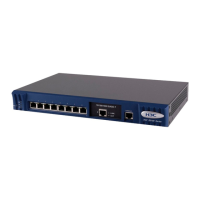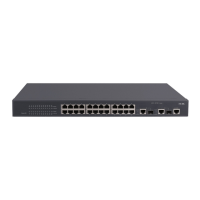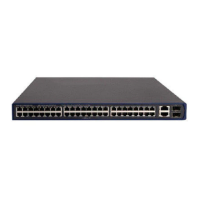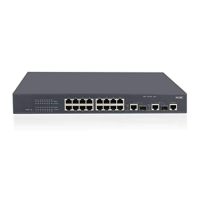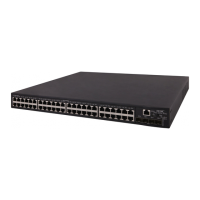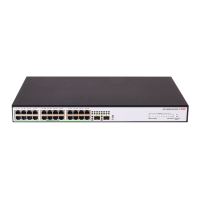1-13
z RFC 1981: Path MTU Discovery for IP version 6
z RFC 2375: IPv6 Multicast Address Assignments
z RFC 2460: Internet Protocol, Version 6 (IPv6) Specification.
z RFC 2461: Neighbor Discovery for IP Version 6 (IPv6)
z RFC 2462: IPv6 Stateless Address Autoconfiguration
z RFC 2463: Internet Control Message Protocol (ICMPv6) for the Internet Protocol Version 6 (IPv6)
Specification
z RFC 2464: Transmission of IPv6 Packets over Ethernet Networks
z RFC 2526: Reserved IPv6 Subnet Anycast Addresses
z RFC 3307: Allocation Guidelines for IPv6 Multicast Addresses
z RFC 3513: Internet Protocol Version 6 (IPv6) Addressing Architecture
z RFC 3596: DNS Extensions to Support IP Version 6
IPv6 Configuration Task List
Table 1-4 Complete these tasks to configure IPv6:
Task Remarks
Configuring an IPv6 Unicast Address Required
Configuring IPv6 NDP Optional
Configuring a Static IPv6 Route Optional
Configuring IPv6 TCP Properties Optional
Configuring the Maximum Number of IPv6 ICMP Error Packets Sent within a Specified
Time
Optional
Configuring the Hop Limit of ICMPv6 Reply Packets Optional
Configuring ND Snooping Optional
Configuring the ND Detection Optional
Configuring DHCPv6 Snooping Optional
Configuring IPv6 Filtering Optional
Configuring IPv6 DNS Optional
Displaying and Maintaining IPv6 Optional
Configuring an IPv6 Unicast Address
z An IPv6 address is required for a host to access an IPv6 network. A host can be assigned a global
unicast address, a site-local address, or a link-local address.
z To enable a host to access a public IPv6 network, you need to assign an IPv6 global unicast
address to it.
IPv6 site-local addresses and global unicast addresses can be configured in either of the following
ways:
z EUI-64 format: When the EUI-64 format is adopted to form IPv6 addresses, the IPv6 address prefix
of an interface is the configured prefix and the interface identifier is derived from the link-layer
address of the interface.
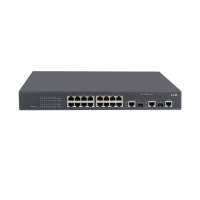
